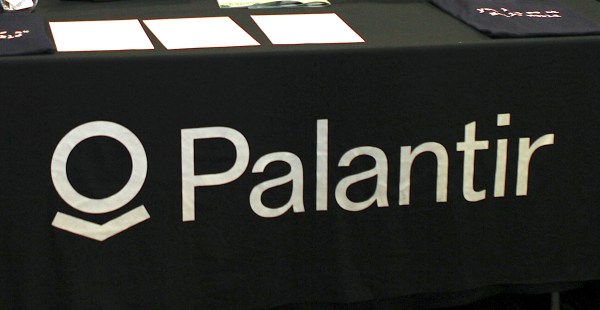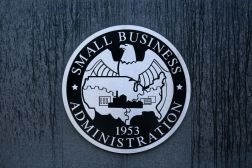How DOGE got into the National Science Foundation

Members of the Department of Government Efficiency have made their way into the National Science Foundation, as grants throughout the agency are being terminated.
Three DOGE affiliates are currently listed as working in the Office of the Director at NSF, according to multiple sources within the agency: Luke Farritor, a former SpaceX intern and AI engineer who has shown up at other agencies DOGE has entered; Rachel Riley, a former McKinsey consultant who has also appeared at the Department of Health and Human Services; and Zachary Terrell.
As part of the arrangement, Farritor has a “Budget, Finance, and Administration” clearance, which a source said allows him to view and modify the agency’s funding opportunity system.
Farritor and Terrell are listed in an agency directory as consultants.
Scientific journal Nature previously reported that Farritor and Terrell used their access to the NSF awards system to block approved grants awaiting finalization.
On April 18, NSF published a statement that it was terminating grants and awards that don’t align with the administration’s priorities, including those related to diversity, equity and inclusion (DEI) and misinformation and disinformation. In recent days, research with grants referencing keywords related to misinformation and diversity had their funding paused.
The Office of Management and Budget recently instructed some NSF staff that all funding opportunities needed approval from DOGE, OMB, or the Office of the Director, a document viewed by FedScoop indicated.
Staff within the NSF had previously been issued instructions, viewed by FedScoop, on how to prepare for the arrival of the U.S. Digital Service, which was since renamed, via executive order, the U.S. Department of Government Efficiency — or DOGE — Service.
NSF staff were sent guidance on how to handle the “IT inspection” sought by those “visitors.” Staff were instructed to expect that visitors, approximately three or four, would want access to NSF systems. At that time, individual offices within NSF were instructed to appoint IT points of contact.
Staff were given specific instructions, including logging any activity made on IT systems and preparing to grant “appropriate” levels of access. If visitors requested changes that violated procedures, staff were instructed to inform a site liaison but not to indicate a request would be denied. Visitors were supposed to be granted read-only access unless otherwise requested. If a request for further access came through, NSF was expected to inform the site visit liaison. Again, employees were told not to indicate to the visiting group that their request would be denied.
NSF employees were instructed to keep records of any action taken throughout a visit and up to the point it is closed out, the document said.
Later, employees were instructed by NSF Director Dr. Sethuraman Panchanathan to directly comply with requests from DOGE, an agency source said. Another source said they were told by a supervisor to help DOGE people, but to also loop their manager in if they were contacted by a DOGE worker.
It does not appear that funding cut-offs are being directly executed by DOGE, an NSF source said, adding that directions are going through agency staff.
A spokesperson for NSF directed FedScoop to the agency’s public statement on its priorities and the termination of grants, and refused to answer additional questions.
Rep. Gerry Connolly, the Virginia Democrat who’s been frequently vocal against DOGE’s incursions into federal agencies, networks and databases, demanded transparency in the team’s operations at NSF.
“Elon Musk and his DOGE cronies are infiltrating agencies across the federal government to execute mass illegal firings, abolish vital programs, and creep on Americans’ most sensitive data. DOGE’s infiltration of the National Science Foundation is no different,” a spokesperson for the Democrats of the House Oversight Committee said in a statement to FedScoop. “The American people are rightfully outraged by this unelected oligarch’s takeover, and deserve to know exactly which taxpayer-funded grants Elon Musk is cancelling in the name of the extremist MAGA Agenda. Democrats will continue to fight to expose and put a stop to this unlawful chaos and abuse.”
Madison Alder contributed to this story.
Editor’s Note: This story was updated April 23 with comment from a spokesperson for the Democrats of the House Oversight Committee.






